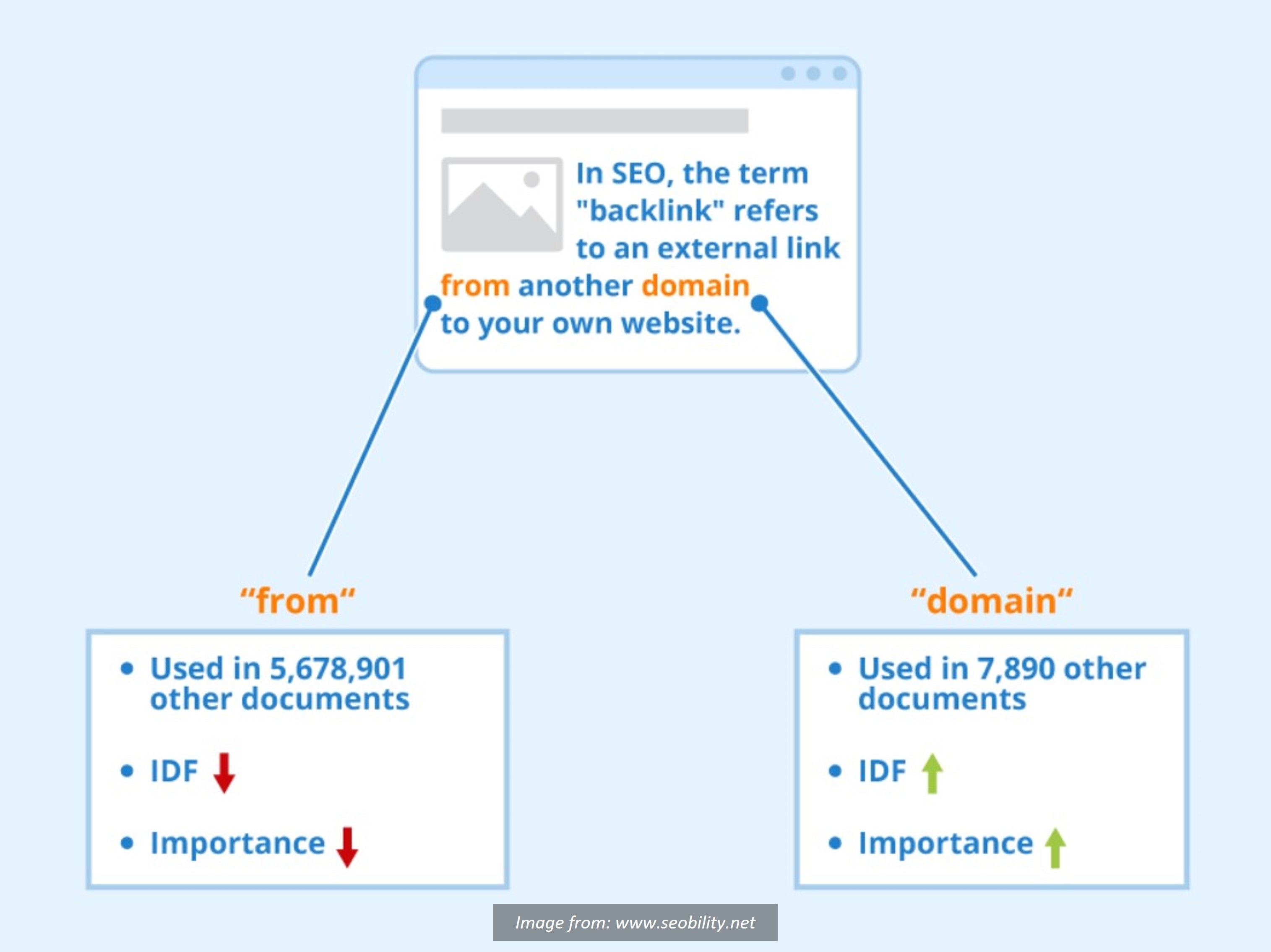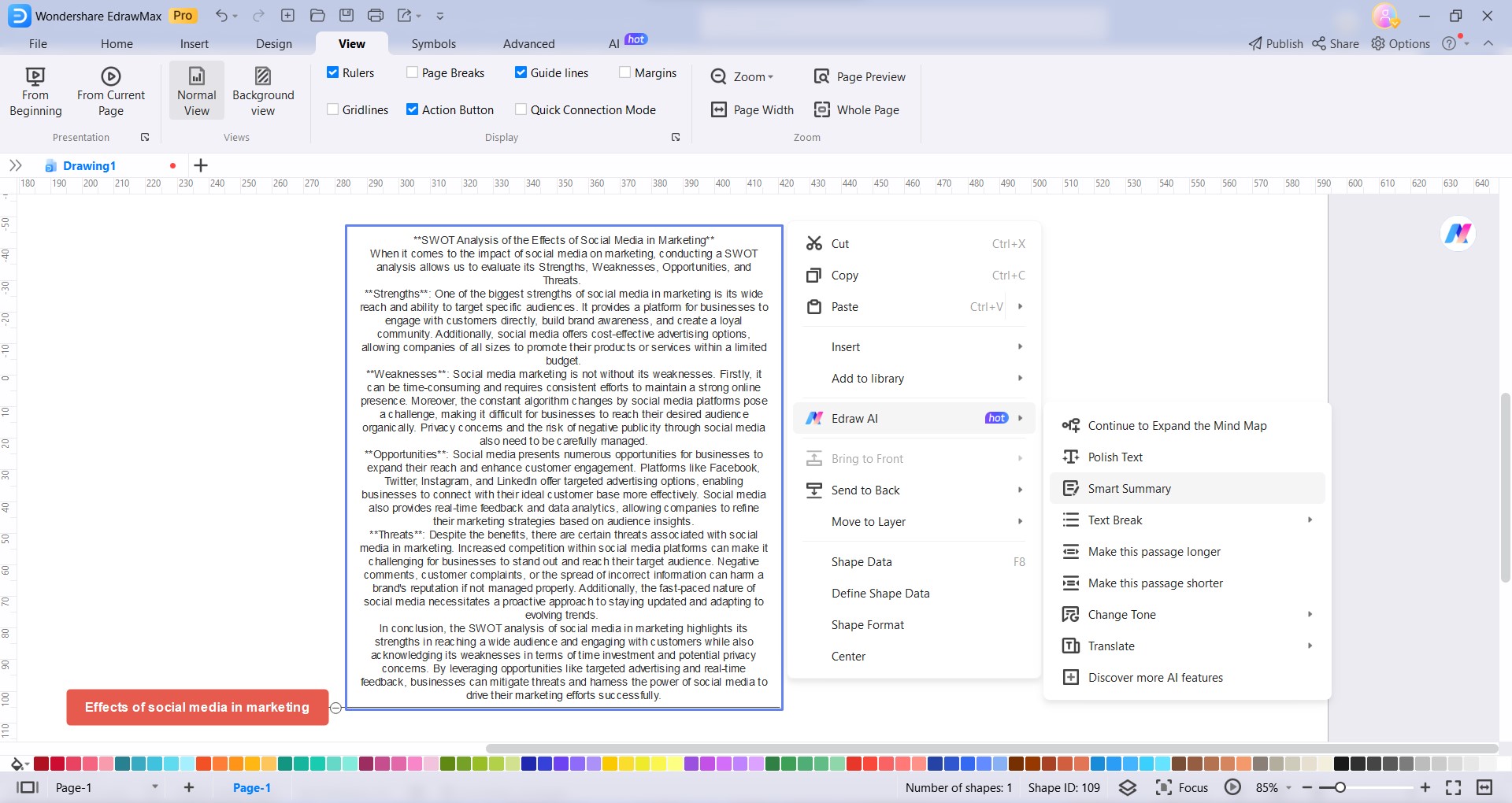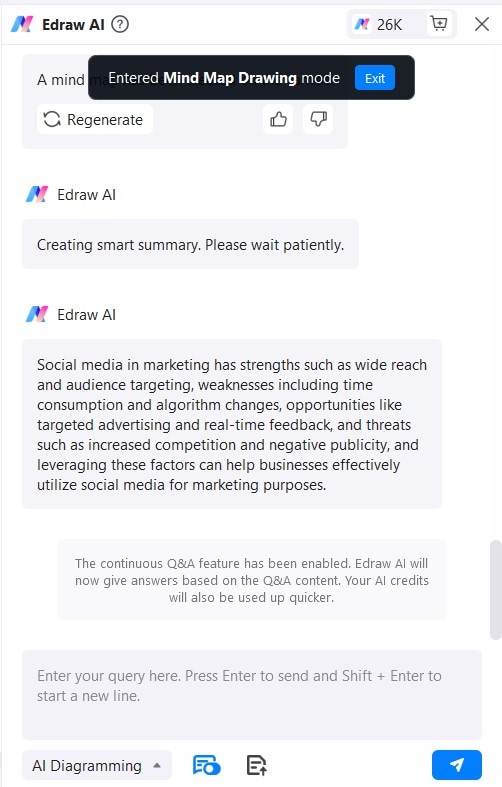In today's fast-paced business world, understanding your market and competitors has become increasingly important. But with so much data available, it can be challenging to know where to start. That's where Artificial Intelligence (AI) text analysis can assist.
AI text analysis can help businesses overcome this challenge by automating extracting insights from text data. But how does it work? Keep reading if you are a business owner, a professional, or someone interested in AI. This article discusses its potential to revolutionize how businesses operate and make decisions.

In this article
- Part I. Understanding AI Text Analysis
- Part II. Common Techniques and Algorithms Used in AI Text Analysis
- Part III. Key Applications of AI Text Analysis
- Part IV. Benefits and Advantages of AI Text Analysis
- Part V. Challenges and Limitations of AI Text Analysis
- Part VI. Future Trends and Developments in AI Text Analysis
- Conclusion
Part I. Understanding AI Text Analysis
AI text analysis is a process of using artificial intelligence to extract insights from unstructured text data. It can include text from several sources, such as social media posts, customer reviews, and research papers. Ai text analysis first breaks down the text into smaller units, such as words and phrases.
Then, it uses various machine learning techniques to identify patterns and relationships between these units. It helps you to comprehend, interpret, and derive meaningful insights from market sentiments.
Importance of AI Text Analysis in Various Industries

Want to make smarter investment decisions? AI text analysis can help to improve decision-making and operations. Here are some examples of how you can use it in different industries:
Customer Service
You could use AI text analysis to analyze customer support tickets to identify the most common issues the customers are facing. It can help you understand your customers' needs and pain points better than ever before.
Marketing
AI text analysis can also help you identify trends in the market and spot new opportunities. For example, you could use AI text analysis on social media posts to identify emerging trends in your industry. You can then use this information to develop new products or services that meet the market needs. Or use AI text analysis to personalize marketing messages and segment customers.
Finance
AI text analysis monitors news, reports, and social media chatter to identify emerging trends and patterns. This information can then be used to identify investment opportunities and avoid potential risks. For example, you could use AI text analysis to track the sentiment of investors and consumers towards certain industries or companies.
Part II. Common Techniques and Algorithms Used in AI Text Analysis
AI text analysis is a rapidly evolving field, with new techniques and algorithms being developed all the time. Still curious about how it works? Discover some of the techniques and algorithms used in AI text analysis below.
Bag-of-Words (BoW) Model and Term Frequency-Inverse Document Frequency (TF-IDF)
The Bag-of-Words simplifies text by treating each word as an independent entity, ignoring grammar and word order. It can be a helpful way to represent text data, but it has limitations.
For example, it does not consider the order of words in a document and distinguish between common words and important words. Meanwhile, TF-IDF assesses the relevance of words in a document relative to a collection of documents. It helps to identify the most significant words in the document.

Word Embeddings and Distributed Representation Models
Word embeddings aim to understand the meaning of words and how they relate to each other. They work by representing words as vectors of numbers, where each number represents a different aspect of the word's meaning. It signifies that words with similar meanings, such as "car" and "vehicle," will have similar vectors. Models like Word2Vec and GloVe transform words into vectors that encode contextual information.
Recurrent Neural Networks (RNNs) and Long Short-Term Memory (LSTM)
Recurrent Neural Networks are a type of neural network designed to handle sequential data. LSTMs is an RNN architecture that controls the flow of information with a gating mechanism through the network. This gating mechanism allows LSTMs to learn long-term dependencies in the data more effectively than RNNs.
Part III. Key Applications of AI Text Analysis
AI text analysis is a way to use AI to understand and learn from large amounts of text data. Here are five use cases for AI text analysis:
Text Summarization
Have you ever had to read a long article or report? Not the most thrilling way to spend your time, right? Well, AI text analysis can help. Take Wondershare EdrawMax for example. It's got an Edraw AI Smart Summary function that can turn long passages into concise text.

Such a feature could be especially helpful if you are making a diagram like a timeline or a mind map.

Sentiment Analysis
Understanding sentiments expressed in text is paramount to businesses. AI text analysis, particularly sentiment analysis, deciphers emotions and opinions. Think of it as a digital mood reader for online content. Whether it's customer reviews or social media posts, AI equips you with insights for tracking brand reputation.
Named Entity Recognition (NER)
AI text analysis is a powerful tool to identify and extract crucial entities from text data, such as names, organizations, locations, dates, and times. Here is an example of how you'll see AI text analysis used in a real-world scenario:
Imagine you are a customer service representative at a large e-commerce company. You receive hundreds of customer support tickets every day. Each ticket contains different text data, such as the customer's name, contact information, and a description of the issue.
You can quickly identify all the important information in each ticket using AI text analysis. That includes the customer's name, contact information, and their issue. It will help you to resolve the ticket more quickly and efficiently.
Text Categorization and Topic Modeling
AI text analysis is a powerful tool to help you organize and make sense of your unstructured text data. It does this by using two techniques: text categorization and topic modeling.
Text categorization automatically assigns text data to predefined categories. Meanwhile, topic modeling is identifying hidden topics within a text corpus.
Here are a few examples of how AI text analysis is used today:
- Netflix uses AI text analysis to recommend movies and TV shows based on users' viewing history and ratings.
- Spotify uses AI text analysis to recommend new music based on users' listening habits and preferences.
- Google News uses AI text analysis to identify the most important news stories of the day and rank them accordingly.
Language Translation and Natural Language Understanding
You need to find ways to overcome language barriers to build a more connected and inclusive world. AI text analysis has the power to break down these barriers. With advanced machine translation capabilities, it enables seamless communication across different languages. It also makes interactions with chatbots and virtual assistants more natural and intuitive.
Part IV. Benefits and Advantages of AI Text Analysis
AI text analysis offers several advantages for businesses and organizations of all sizes. Some of the key benefits are:
Increased Efficiency in Processing Large Volumes of Data
AI text analysis is much faster and more accurate than manual scanning. You can use it to analyze large amounts of text data that would be impractical to scan manually.
AI text analysis can automate many time-consuming and repetitive tasks. Examples include data entry, sentiment analysis, and keyword extraction. AI text analysis frees employees to focus on more strategic and creative work. But AI text analysis is more than just a time-saver.
AI text analysis tools are constantly being improved, which means that their accuracy is always increasing. This makes them a reliable tool for businesses that need to extract accurate insights from text data.
Enhanced Customer Experience Through Personalized Interactions
Customers today expect personalized experiences. It starts from the products they see on shopping sites to the content they receive in their email inboxes. They want to feel like you see them as individuals, not just another number.

AI text analysis can help businesses deliver personalized experiences at a scale. For example, you are an online retailer. You could use AI text analysis to analyze customer reviews to see what they say about the products they've bought. Then, use the information to create more targeted marketing campaigns.
Improved Decision-Making for Businesses and Organizations
AI text analysis helps businesses understand market trends, customer sentiment, and competitor activities. It scans news articles, social media, and industry reports to identify new business opportunities. You can use this report to make better decisions, from product development to marketing campaigns.
Imagine that you are a business owner, and you are wondering whether to launch a new product. You have a lot of data about your customers, including their demographics, purchase history, and social media activity. However, making sense of all this data on your own is difficult.
AI text analysis can help you to make sense of this data by identifying trends and patterns. For example, AI text analysis could be used to identify the following:
- Which products/features are popular with your customers?
- What problems are your customers having with your existing products?
- What new products or services are your customers asking for?
Then, people can use this information to make a more informed decision about whether to launch the new product.
Part V. Challenges and Limitations of AI Text Analysis
AI text analysis is a game-changer, but not without its limitations. Some of the key challenges and limitations of AI text analysis are:
Ambiguity and Context Understanding in Language
One of the fundamental challenges in AI text analysis is dealing with the ambiguity and complexity of human language. Words have various meanings depending on context, and nuances can be subtle. For instance, "crane" could refer to a bird, a construction machine, or a dance move, depending on the context.
Dealing With Sarcasm, Irony, and Sentiment Nuances
AI text analysis can't always understand sarcasm, irony, and other subtle changes in sentiment.
Imagine you're a business owner using AI text analysis to analyze customer feedback. You see the posted review: "Your items are excellent! I can't live without them!" And the AI model tells you it's a positive market sentiment or opinion.

But what if the customer is being sarcastic? How will you know? A business owner might think their customers are happy with their product when they're not. It could lead to lost sales and customer churn.
Continual Need for Training and High-Quality Data
AI text analysis models require continuous training and high-quality data to maintain accuracy. As language evolves and new terms and phrases emerge, AI systems also need to adapt. Additionally, low-quality or biased training data can lead to biased results and unreliable analysis.
Part VI. Future Trends and Developments in AI Text Analysis
AI text analysis is getting better and more powerful all the time. It means that computers are getting better at understanding and processing human language. Here are some of the trends you can expect to see in AI text analysis in the future:
More Powerful Functions
Deep learning and neural networks are still under development. But they're already having a great impact on AI text analysis. As these technologies advance, you can expect to see even more sophisticated AI text analysis tools emerge.

Integration With Other AI Technologies
Combining text analysis with computer vision or speech recognition allows for a more holistic understanding of data. For instance, you can not only extract insights from the written text in analyzing user reviews. However, AI text analysis could help you analyze images or videos associated with those reviews. It provides a richer context, leading to more accurate conclusions.
Conclusion
AI is transforming the way everyone is doing business. And AI text analysis is one of the most exciting new developments in the field. With it, you can extract valuable insights from your data, such as customer reviews, social media posts, and market research reports. While AI text analysis has limits, you can still leverage it to grow your business or improve your professional productivity.
One productivity tool for remote teams is EdrawMax. You can use this AI-powered diagramming tool on multiple devices to visualize ideas, plan your projects, and more. EdrawMax is easy to use, even for beginners, making it a good option for businesses of all sizes.




